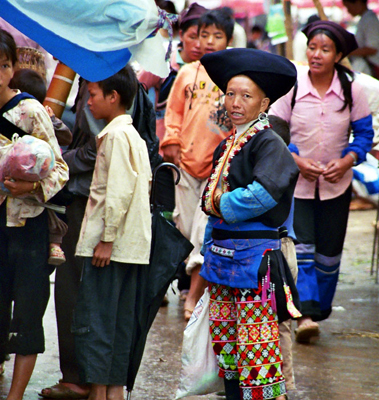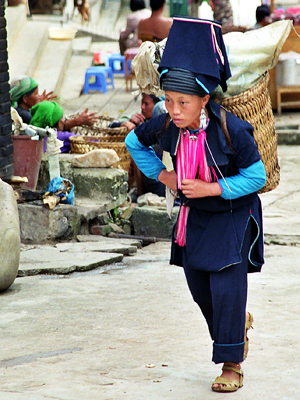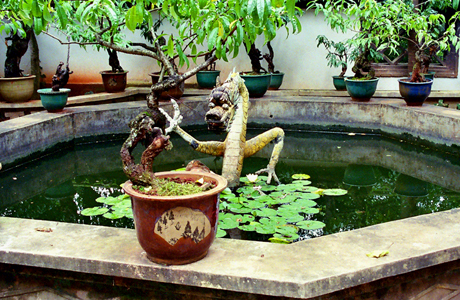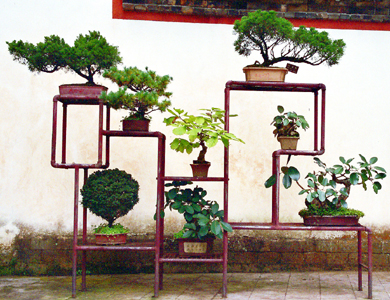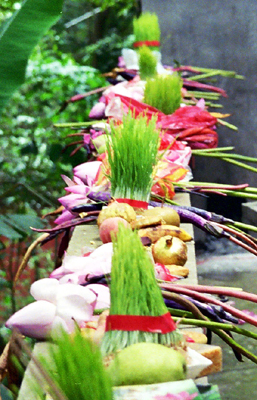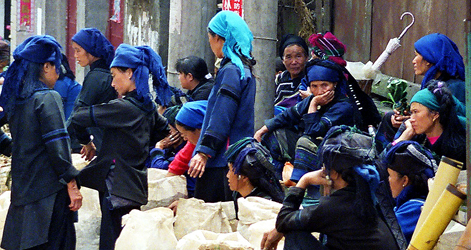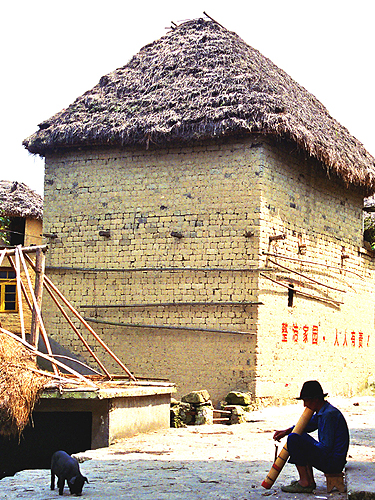Gracias a Alfredo, nuestro corrector infatigable, hemos podido colgar bastante material nuevo en la parte española de Hola China. Para empezar, en la sección de Gemas Ocultas hay dos nuevos textos, uno sobre la ciudad antigua de Lanzhong, y otro sobre el pueblo de Xizhou.

Esta pequeña ciudad con una gran historia está situada al lado del río Lialing, a unos 225 kilómetros de Chengdu. Es, a la vez, última morada del famoso y infame general Zhang Fei de la época de los Tres Reinados, lugar de nacimiento de Luo Xiahong, inventor del calendario chino, y guardián de muchos tesoros de la arquitectura tradicional de Sichuan …
Xizhou

No te detengas en Dali, el antiguo pueblo mítico y paraíso de mochilleros, hoy convertido en parque temático, atestado de turistas. Sigue en tu camino y, a solo 33 kilómetros, llegarás al pueblo encantador de Xizhou, con unos ejemplos impresionantes de la arquitectura Bai, cuyas calles apacibles recuerdan el Dali de antaño …
También hemos abierto la sección de Grandes Mercados en español. De momento cuenta con 3 textos sobre los mercados de Wase, Anshun y Laomeng.
Una excursión al Mercado de Wase:

Llegar al Mercado del pueblo Bai de Wase, que se celebra cada sábado, no fue tan fácil como habíamos pensado. Para empezar, la mayoría de la gente en Xizhou, la ciudad al otro lado del Lago Erhai donde nos alojamos, nos dijo que el ferry ya no existía, y que deberíamos ir en autobús, utilizando cualquier de los numerosos autobuses que dan la vuelta al Lago. Para complicar las cosas aún más …
…Wase esta situado en el lado este del Lago Erhai, unos 350 kilómetros al norte de Kunming, la capital de Yunnan. … Aparte del atractivo del mercado, el pueblo está lleno de bellas casas y mansiones Bai, caracterizadas por sus paredes de adobe y sus portales pintadas…
El mercado dominical de Anshun:

La recepcionista nos miró con cara sorprendida y preguntó: “¿Mercado? ¿Qué mercado?” “El mercado dominical”, respondí desesperado, y en un chino cada vez menos coherente. Desgraciadamente es lo que suele pasar con mi dominio de dicho idioma, sobre todo cuando la respuesta a una pregunta no es del todo lo que uno esperaba …
… La ciudad de Anshun, que se encuentra a solo dos horas de autobús desde Guiyang, la capital de la provincia de Guizhou, es una ciudad moderna, normal y corriente … No obstante, nos habían dicho que el mercado dominical de Anshun merecía una visita y, de hecho, no nos defraudó …

El propietario de nuestro hotel en Yuanyang nos había dicho que deberíamos ir pronto, ya que mucha gente de los tribus tiene que volver andando a sus cabañas en lo alto de la montaña y que, por lo tanto, el mercado empieza a vaciarse alrededor de las doce …
… Habían traído una mezcla caleidoscópica de colores, en forma de muchas señoras y señoritas Hani, Yao, Yi, Miao y Thai Negra, todas vestidas en sus mejores galas, y dispuestas a pasarlo bien. ¡Y hacer sus compras y negocios al mismos tiempo, claro! …
Durante las siguientes tres horas disfrutamos de toda una fiesta visual que nos dejó sin aliento, y sin carretes …
Para saber más tendréis que ir a Hola China.


